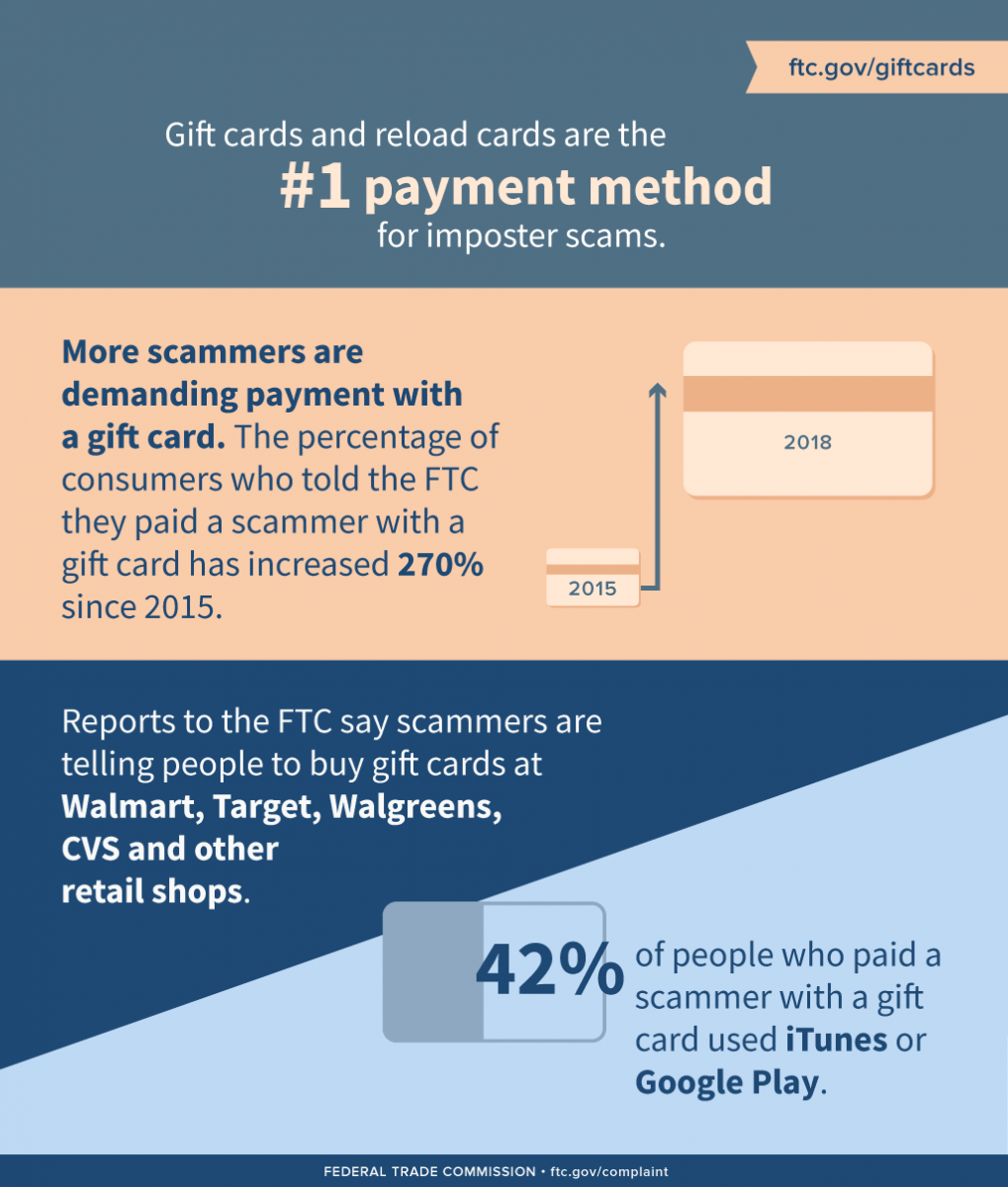Glass etching is an enjoyable and easy method to include an individual touch to glassware. Styles developed making use of engraving cream are long-term and dish washer secure.
Select a stencil style from the Cricut Accessibility Library or create your very own in Cricut Layout Space. You will need to weed the plastic, which is done by getting rid of the internal parts of the design with a weeding tool or tweezers.
Stencil Kind
Using the "Make" choice in Cricut Style Room to develop stencils from flexible vinyl movie is a wonderful way to rapidly make a custom-made layout for your glass engraving task. When making a custom stencil, make sure to pick a photo that is very easy to weed and has a simple negative space.
These stencils are made from a resilient, versatile product that can be utilized on level or rounded surfaces and are recyclable as much as 20 times. They are most frequently made use of with Armour engraving lotion, yet can additionally be made use of with sand etching paste.
These patterns are used by massaging the leading service provider sheet to stick the stencil to your glass project. They can be made use of with Armour engraving cream, or for a much less untidy application, with sand etching paste. They can be re-used as much as 20 times, as long as the pattern is cleaned and dried extensively in between uses. These patterns are offered at most craft stores, yet are typically less expensive online.
Pattern Products
Add a custom pattern design to your glassware making use of etching cream for an attractive and traditional look that lasts a lot longer than vinyl stickers. This strategy is best for everyday glasses and glass baking recipes.
Producing your very own stencil in Cricut Design Area is easy, simply pick a photo with basic negative area and size it to the right size for your glass. When you have your design prepared, use a weeding tool to get rid of the areas that aren't mosting likely to be etched.
Use the stencil to your tidy, dry glass surface area and smooth it out to get rid of any type of air bubbles. When using the stencil, make certain it is firmly pushed down and that there are no open areas. Place on your safety handwear covers and protective eyeglasses prior to opening the engraving lotion, as it is caustic. When your etching lotion is applied, established a timer for one min. After the timer has gone off, wash the glass with cozy water and gently peel away the pattern.
Stencil Adhesives
There are two key ways to etch glass: sandblasting and making use of etching cream. Sandblasting is an effective technique that utilizes high-pressure air to thrust abrasive product onto a surface area, and it's optimal for developing intricate styles and appearances on glass items like windows, mirrors, and drinkware. Glass etching lotion is an acid-based compound that can be utilized to develop decorative borders or patterns on glass products. To use etching lotion, initial tidy the glass surface and location the pattern firmly over it. Then, use a thick layer of engraving cream over the stencil utilizing a paintbrush. Make certain to stay within the stencil's edges, as any type of excess lotion can permeate under the stencil and trigger gaps and unequal etching.
Leave the etching cream on the glass for the amount of time suggested by the item's guidelines. Once the etching is total, wash the glass under cold water and dry it with a tidy lint-free fabric.
Stencil Sizes
Stencils are offered in a wide variety of dimensions. Small stencils need to be easier even if they are harder to cut and they can obtain harmed by natural under spray (the paint haze that gets beneath the stencil with little gaps). Larger patterns can be used with a range of media consisting of paint, inks and dyes.
Changing the style on a pattern is very easy. Unlike wallpaper that needs to be totally removed prior to the next year's new taste, you can merely apply new tinted paint over the pattern.
Stenciling is a historic painting method, dating back monogrammed glass gift to ancient times. It reached its elevation of elegance with katazome and other strategies on silks for clothing in Japan and Europe from about 1450. It is likewise usually used to color old master prints on paper. The pattern is both the intermediate things and the resulting design. This is an excellent means to make an one of a kind piece of wall art.
